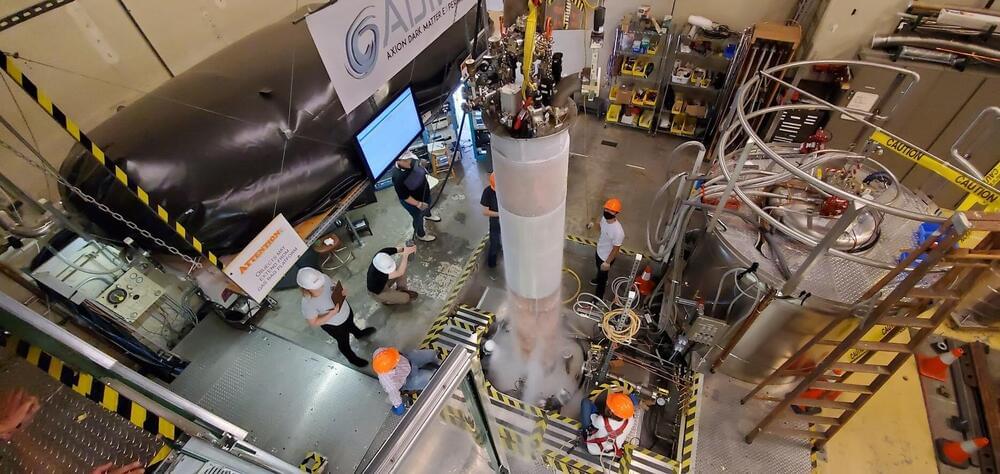Physicists have predicted the existence of dark matter, a material that does not absorb, emit or reflect light, for decades. While there is now significant evidence hinting to the existence of dark matter in the universe, as it was never directed detected before its composition remains unknown.
In recent years, researchers worldwide have made different hypotheses about the composition of this elusive material and tried to test them experimentally. Many have suggested that it could be comprised of new and previously unobserved types of elementary particles, such as axions and weakly interactive massive particles (WIMPs).
A few weeks ago, two large research collaborations, the PandaX-4T and the ADMX Collaborations, published the results of two new dark matter searches based on different hypothesis. In their study, featured in Physical Review Letters, the PandaX-4T Collaboration tried searching for signs of a new elementary particle in data collected using a time projection chamber at the China Jinping Underground Laboratory (CJPL), the deepest underground lab in world.
